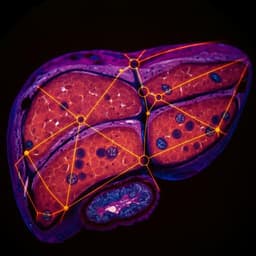
Psychology
Neural and computational underpinnings of biased confidence in human reinforcement learning
C. Ting, N. Salem-garcia, et al.
Explore the fascinating neural mechanisms behind biased confidence in human reinforcement learning! Delve into the groundbreaking research by Chih-Chung Ting, Nahuel Salem-Garcia, Stefano Palminteri, Jan B. Engelmann, and Maël Lebreton, which reveals how the VMPFC network encodes global confidence signals amidst contextual biases using fMRI technology.
~3 min • Beginner • English
Related Publications
Explore these studies to deepen your understanding of the subject.







